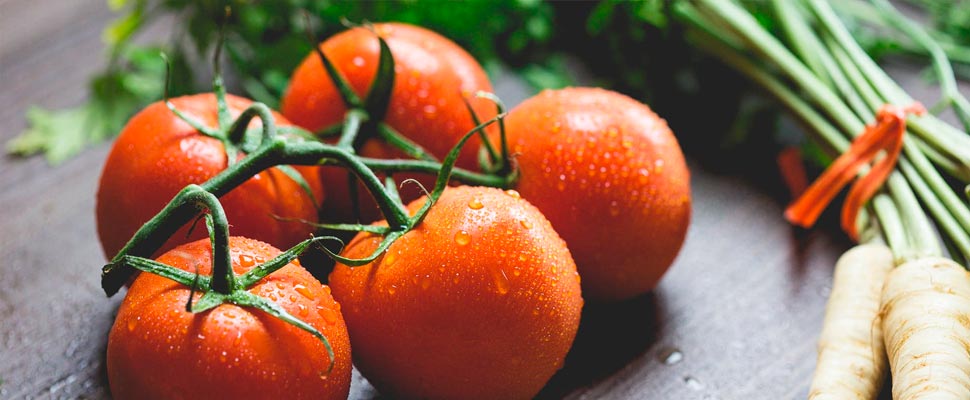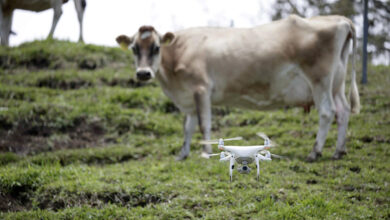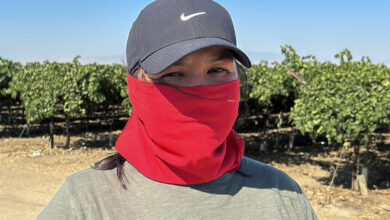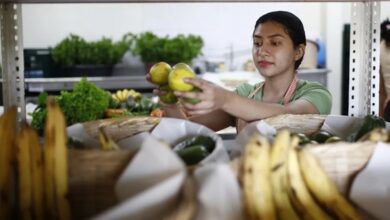GMO foods: are they really bad or a plus?
Genetically modified products have sparked debate since their inception, but how good or bad can they be? .

It is important that there are regulatory entities that verify the safety of GMOs as well as the rest of food products. / Photo: Pexels
LatinAmerican Post | Juan Bacallado
Listen to this article
Leer en español: Alimentos transgénicos: ¿realmente son malos o una ventaja?
While on the one hand, experts affirm that the use of transgenic foods or GMOs (genetically modified organisms) is a tool to solve food shortages and world hunger, on the other hand, activist groups reject this technology, accusing it of benefiting only large industries and to harm the environment as well as the health of people. Both perspectives, accompanied by the little diffusion that exists about GMOs, make this agrobiotechnology a controversial fact for which there is still no common agreement.
What is a GMO?
According to the Organization of Consumers and Users, GMOs are those that receive some genetic change either to add or eliminate some natural characteristic , this modification is carried out through molecular biotechnology where they can transfer genes or parts of DNA between different species , a fact that in a natural situation is not possible, in addition, it means that the modification will be transmitted to their offspring, according to the National Administration of Medicines, Food and Medical Technology of Argentina, ANMAT.
Desarrollan cerdos transgénicos inmunes al mortal virus PRRS – para el cual no hay vacuna. https://t.co/Lr0yc8BVL1 pic.twitter.com/RRH9ilD1ID
— Daniel Norero (@DanielNorero) December 9, 2015
It is also important not to confuse GMOs with transgenics , the former are organisms to which a new characteristic was added, while GMOs were only eliminated or decreased.
And why we do this?
The reason why genetically modified seeds began to be used since 1999 is mainly due to improving the yield of crops , since through these modifications it is sought to add certain genes that contribute to, for example, resist the attacks of pests , as well as other harmful organisms such as fungi, viruses or bacteria that affect the development of animals and crops. Other uses are also to lengthen ripening and thus prevent some fruits from rotting in transit, FAO also notes that, through genetic modification, the nutritional properties of a food can be improved.
It may interest you: Radiation sterilized mosquitoes: a solution to this pest
GMOs can also adapt to environmental conditions and thus be more resistant to droughts and other climatic problems that affect the planting season , thus being able to grow on land that was believed to be degraded or not very fertile. On the other hand, as fewer crops are lost due to their resistance to external agents, the increase in production generated by gene modification, among other reasons, it is estimated that consumer prices are cheaper and more accessible.
#ogm = +alimentos +seguridad alimentaria #mitostransgénicos si es posible una agricultura sostenible pic.twitter.com/NfJDEP2kjO
— Osiris Ocando (@ocandoo) June 25, 2015
More than food: Typical uses
Although GMOs are used mainly for the production of food, such as transgenic soy, which is equivalent to 50% of the GMO food produced worldwide , the health area also uses these processes to manufacture vaccines and medicines for humans. and animals , a recent example is the vaccine against Covid-19 developed by Pfizer, which uses only some genetic fragments of the virus, and as scientists have already explained – and which also applies to any GMO – it cannot alter human DNA
Problems
The Organization of Consumers and Users outlines some problems that GMOs can cause. In the first place there is health, where there is no proven risk, but it is alleged that the absence of a study long enough to corroborate it, in the same way there are institutions and regulations according to each country that must first approve the sale of GMO foods. In the United States, s the Food and Drug Administration (FDA); the Environmental Protection Agency (EPA); and the Department of Agriculture (USDA) guarantee the safety of GMOs, the problem is that there are countries where there are no regulations and untested and safe GMO foods can be marketed .
¿Sabes cuáles con los alimentos transgénicos más comunes que consumes día a día?
Te compartimos una lista con los 10 principales. pic.twitter.com/o6HBZkaHg4— Organa Market (@MxOrgana) October 11, 2019
Now, the main drawbacks of GMOs are in the sowing, since there may be cross contamination , that is, that the genetically modified crop is mixed with the same conventional species, so some barrier is necessary. On the other hand, if Some GMOs are resistant to herbicides and grow out of their place, it will be more difficult to combat them, in terms of their resistance to pests, the latter can evolve and affect the animals in their food chain .
107 premios Nobel le exigen a Greenpeace que abandone se campaña contra los transgénicos https://t.co/KOedTRqTOw pic.twitter.com/oSSkFMvPdV
— BBC News Mundo (@bbcmundo) June 30, 2016
For this reason, ANMAT highlights the importance of there being regulatory entities that verify the safety of GMOs as well as the rest of food products, some activist groups demand that genetically modified products be marked on their packaging with a seal that warns of being a GMO . However, this has not been approved. Another problem is its commercialization, since according to Sanitas only a few industries make and distribute this biotechnology, also in many cases it is patented, this can affect farmers and peasants who cannot access these seeds, so there must be an agreement international that prevents patents and monopoly of the industry.
Countries that use them
It is possible to have consumed GMO foods without knowing, since by 2018 there were 70 countries that used GMOs for commercial planting and importation, with an estimated 2.5 billion hectares cultivated with GMOs, according to Chile Bio. The 5 countries with the highest amount of GMO crops are the United States, Brazil, Argentina, Canada and India.





